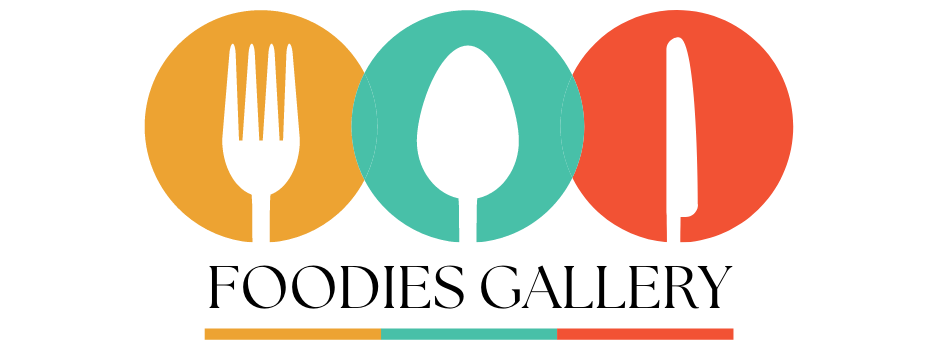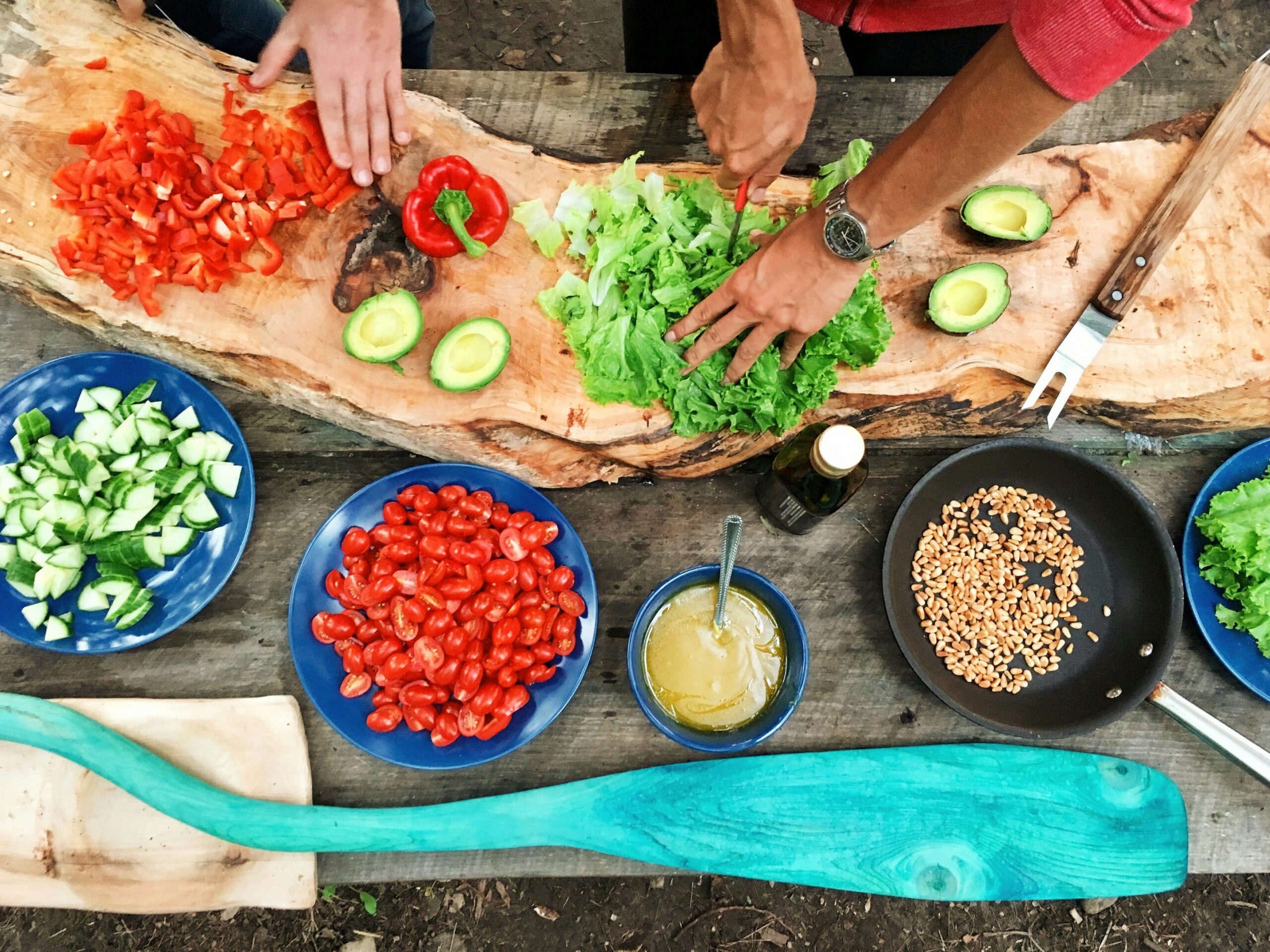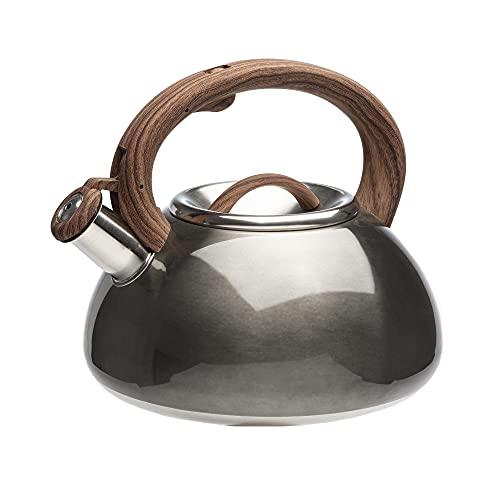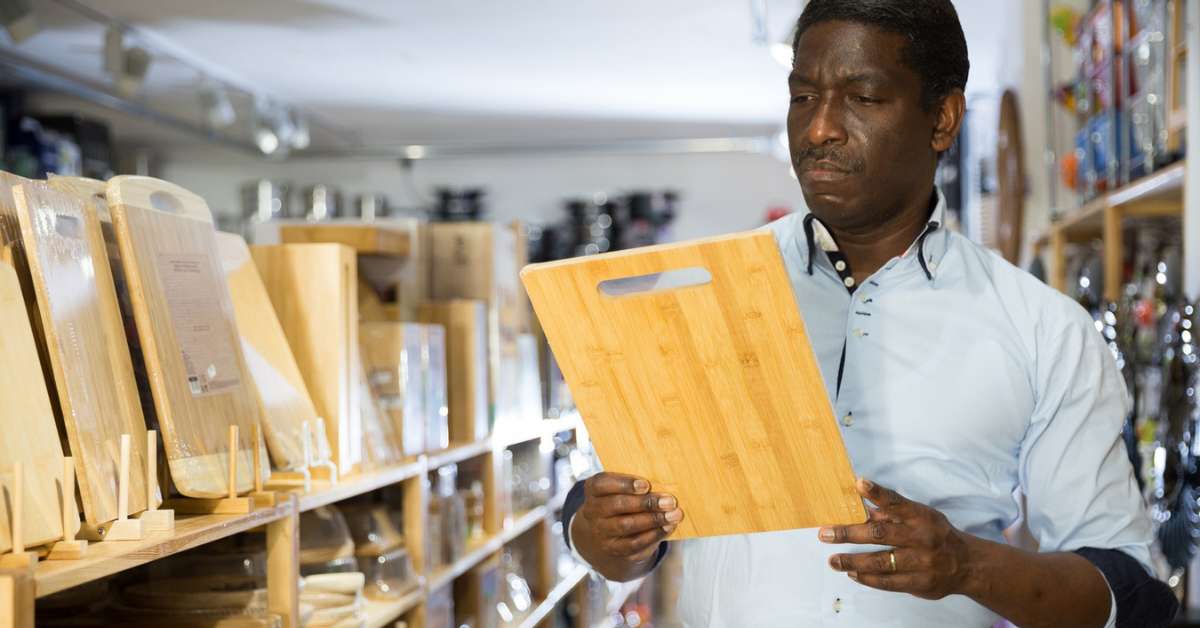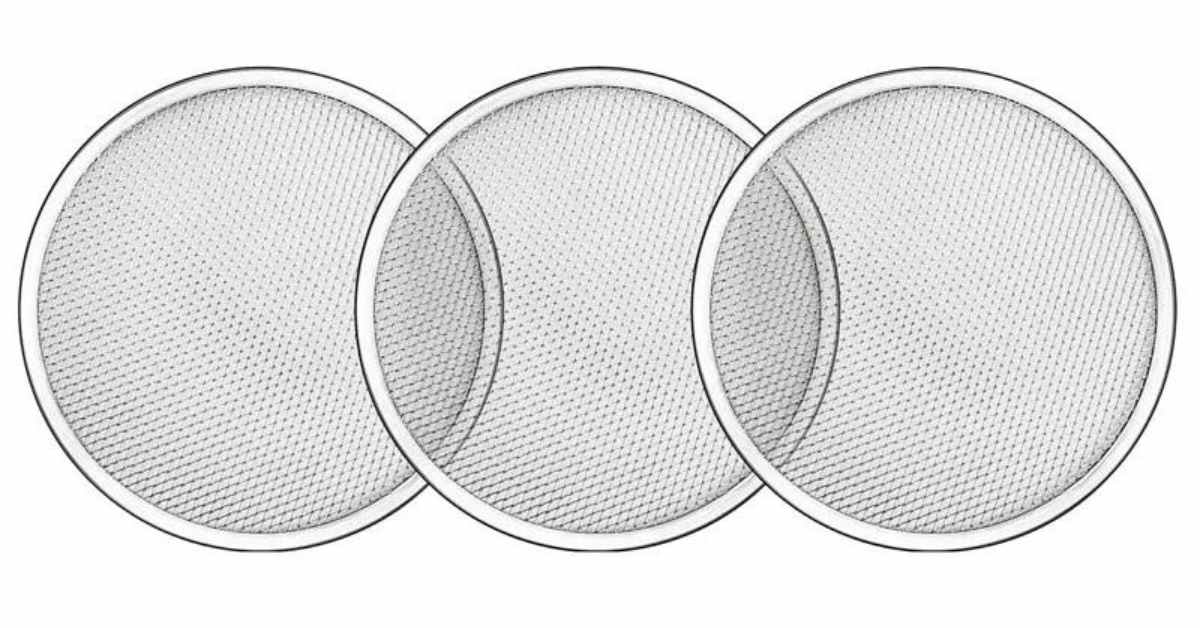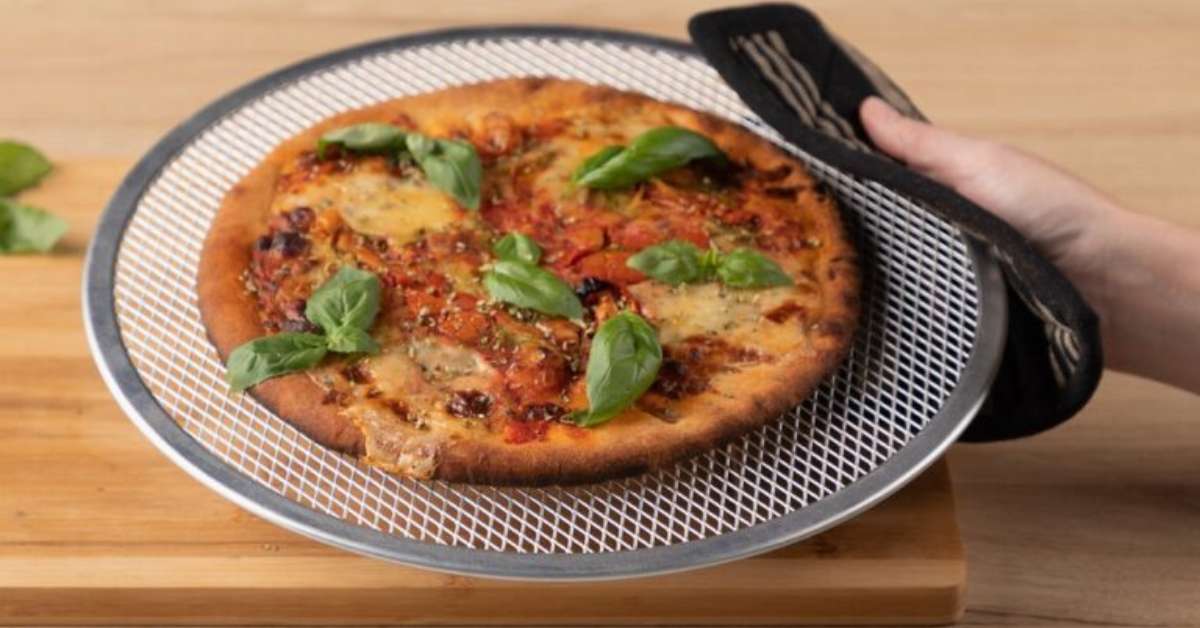Microwave Dos And Don’Ts: Follow these guidelines for safe and efficient microwave use – cover food with a microwave-safe lid or plastic wrap, cut food into small pieces, arrange food items in a single layer, and follow recipe instructions or packaging guidelines. The microwave has become essential in many kitchens, providing convenience and quick meal preparation.
However, microwave use requires following certain dos and don’ts to ensure safe and efficient cooking. We will explore some essential guidelines for using your microwave correctly, including how to cover food, cut food into small pieces, arrange food items, and follow recipe instructions or packaging guidelines.
By understanding these dos and don’ts, you can maximize the benefits of your microwave while avoiding potential hazards or ineffective cooking methods. So, let’s dive into the dos and don’ts of using a microwave.
Table of Contents
ToggleCovering Your Food Properly
When using a microwave, you must cover your food correctly to ensure safe and even cooking. One way to do this is using a microwave-safe lid or plastic wrap. However, it’s crucial to avoid letting the covering touch the food, as this can lead to uneven heating or even melting of the plastic wrap.
To follow these guidelines effectively, cut your food into small pieces and arrange them in a single layer on microwave-safe cookware. Additionally, always follow the instructions on the food’s packaging or your recipe for proper cooking times and power settings.
By covering your food correctly, you can ensure that it cooks evenly and stays healthy.
Cutting Food Into Smaller Pieces
It’s important to cut food into small pieces to ensure even cooking in the microwave. This allows for more consistent heat distribution and reduces the chances of undercooked or overcooked portions.
So, next time you use your microwave, remember to cut your food into smaller pieces for better cooking results.
Arranging Food For Uniform Cooking
Arranging food for uniform cooking requires following specific guidelines to achieve optimal results. Firstly, ensure that you use microwave-safe cookware for cooking. Secondly, put the food items in a single layer to ensure they cook evenly. Cutting the food into smaller pieces is also beneficial.
Additionally, following any recipe or food packaging instructions is crucial. Cover the food with a microwave-safe lid or plastic wrap that doesn’t touch the food to prevent any mess. These practices will help you achieve uniform cooking and ensure your food is cooked thoroughly and safely in the microwave.
Remember these dos and don’ts for a hassle-free and efficient cooking experience.
Following Recipe And Packaging Instructions
Following the food’s packaging or recipe instructions is essential for the best microwave results. This means carefully reading and adhering to guidelines to ensure the food cooks properly and is safe to consume.
These instructions are there for a reason, whether it’s covering the food with a microwave-safe lid or plastic wrap, cutting it into small pieces, or arranging it in a single layer. Following them can optimize cooking and avoid hazards or undercooked meals.
So, next time you’re using your microwave, take a moment to review the instructions and make sure you’re following them for the best outcome.
Benefits Of Covering Microwaved Food
Microwaving food with a lid is beneficial, resulting in quicker and more consistent cooking. When you cover your food, you prevent small pockets of moisture from forming, which reduces the chances of explosions. It is essential to use a microwave-safe lid or plastic wrap that does not touch the food.
Additionally, cutting the food into smaller pieces and arranging them in a single layer on microwave-safe cookware ensures uniform cooking. Following the instructions on the food’s packaging or your recipe is also crucial.
By covering your microwaved food, you can enjoy the benefits of faster and more even cooking while avoiding any potential accidents or mishaps.
Avoiding Common Microwave Placement Mistakes
You should avoid a few common mistakes when it comes to microwave placement. Firstly, never place the microwave above the stove. This can be dangerous and increase the risk of accidents. Secondly, keep the microwave away from the spice drawer and sink.
Moisture and spices can damage the microwave and affect its functionality. Lastly, avoid placing the microwave directly under cabinets or shelves. This can restrict airflow and lead to overheating. By following these guidelines, you can ensure the proper placement of your microwave and enhance its longevity and performance.
Frequently Asked Questions Of Microwave Dos And Don’Ts
What Are The Do’S And Don’Ts Of Microwave?
Dos:
1. Cover food with a microwave-safe lid or plastic wrap.
2. Cut food into small pieces.
3. Arrange food in a single layer on microwave-safe cookware. 4. Follow recipes or instructions on food packaging.
Don’ts:
1. Don’t microwave food without covering it.
2. Don’t use cheap or disposable plastic containers.
3. Don’t microwave metal objects. 4. Don’t operate the microwave while it’s empty.
What Are 5 Rules For Using A Microwave Oven?
Five rules for using a microwave oven:
1. Cover food with a microwave-safe lid or plastic wrap to prevent splattering.
2. Cut food into small pieces for more uniform cooking.
3. Arrange food in a single layer on microwave-safe cookware.
4. Follow recipe or packaging instructions for cooking times and settings.
5. Do not microwave metal objects or use cheap disposable plastic containers.
Is It Better To Microwave Food With Lid On Or Off?
Cover the food with a microwave-safe lid or plastic wrap to cook it faster and more consistently.
Conclusion
When it comes to using a microwave, there are several dos and don’ts that you should keep in mind. First and foremost, always cover your food with a microwave-safe lid or plastic wrap to prevent moisture loss and ensure even cooking.
Additionally, it’s important to cut food into smaller pieces and arrange them in a single layer on microwave-safe cookware for uniform cooking. Following the instructions on the food’s packaging or your recipe is also crucial. Avoid using cheap and disposable plastic containers, as they can release harmful chemicals when heated.
Similarly, never microwave metal objects as they can cause sparks and damage your appliance. Furthermore, it’s advised to continually heat food with a cover to prevent messy spills and explosions. Lastly, never operate the microwave when empty, as it can damage the appliance.
By adhering to these dos and don’ts, you can ensure safe and efficient microwave use in your everyday cooking routine.
